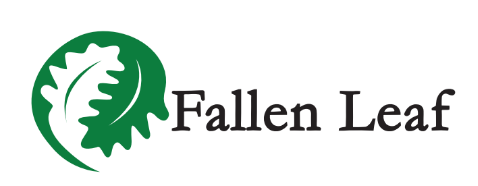The root crown is one of the most important parts of a plant’s system. It is the place where the roots and stems of shrubs, perennials, trees, etc. connect. Don’t get the root crown confused with the tree crown, however, which is where the trunk connects to the branches.
For flowers and shrubs, the root crown should always sit above the soil level in your yard or pot. The crown is vital to how energy and nutrients travel from the roots to the leaves, flowers, stems, etc. of the plant.
Poorly planting your trees or flowers can lead to plant root crown rot, which can, in turn, cause your plant to die prematurely. Keep reading to find out more about root crowns and how to recognize problems caused by poorly planting them.
What Does a Plant Root Crown Look Like?
In flowers and shrubs, the part of the plant that marks the root crown typically looks slightly bulbous. It is most easily identifiable by searching for where the roots meet the stalk of the plant. Trees also have a root crown and a regular crown.
A tree crown refers to the canopy itself. The more light a tree needs, the bigger its crown. Understory trees don’t need as much sunlight, therefore contributing to smaller crowns.
You can severely stunt the growth of your trees by improperly cutting their branches around the crown. Contact these tree trimming experts in Sacramento if you believe you made this mistake or need help pruning your trees.
You obviously shouldn’t plant the tree right under the branches. Like with most flowers, search for the slightly bulbous part of the tree where the root system begins (aka the root ball, crown, or flare). Make sure you plant at least one-quarter of the ball above the soil.
Potential Problems Due to Incorrect Planting of the Crown or Flare
The three most common problems seen in improperly planted tree root balls are:
- Fibrous Roots: When you plant a tree’s root crown below the soil, it can cause roots to grow above it from the trunk. These fibrous roots can, in turn, restrict water flow to the root flare and thus the rest of the root system. The tree won’t get sufficient water and thus die.
- Collar Rot: Collar rot comes from a fungus infecting a tree crown planted below the soil line. The fungus will eventually spread to the trunk, which can inhibit the movement of liquid and nourishment throughout the tree’s vascular system.
- Girdling Roots: Girdling roots coil around the trunk of a tree. They essentially choke the tree out by, once again, restricting the flow of necessary moisture and nutrients between the tree’s roots and trunk/branches.
If you planted a tree that seems to be dying for no reason, you might have accidentally buried the root crown, thus causing one of the aforementioned problems. To revive your tree and thus save it from withering away, you need to call a professional tree service for root crown excavation.
Call a Professional for Root Crown Excavation
If you think that you or a previous owner of your home buried the plant root crown of your trees too deep, find an experienced arborist to perform a root crown excavation. To learn more about root crown excavation and how to save your trees, contact Fallen Leaf Tree Management.
We are a team of trained and ISA-certified arborists who strive to raise the standard of quality in the tree maintenance industry. We serve Sacramento, CA, and the surrounding communities. Call us to get a certified arborist’s opinion on your trees at (916) 447-8733 today.

